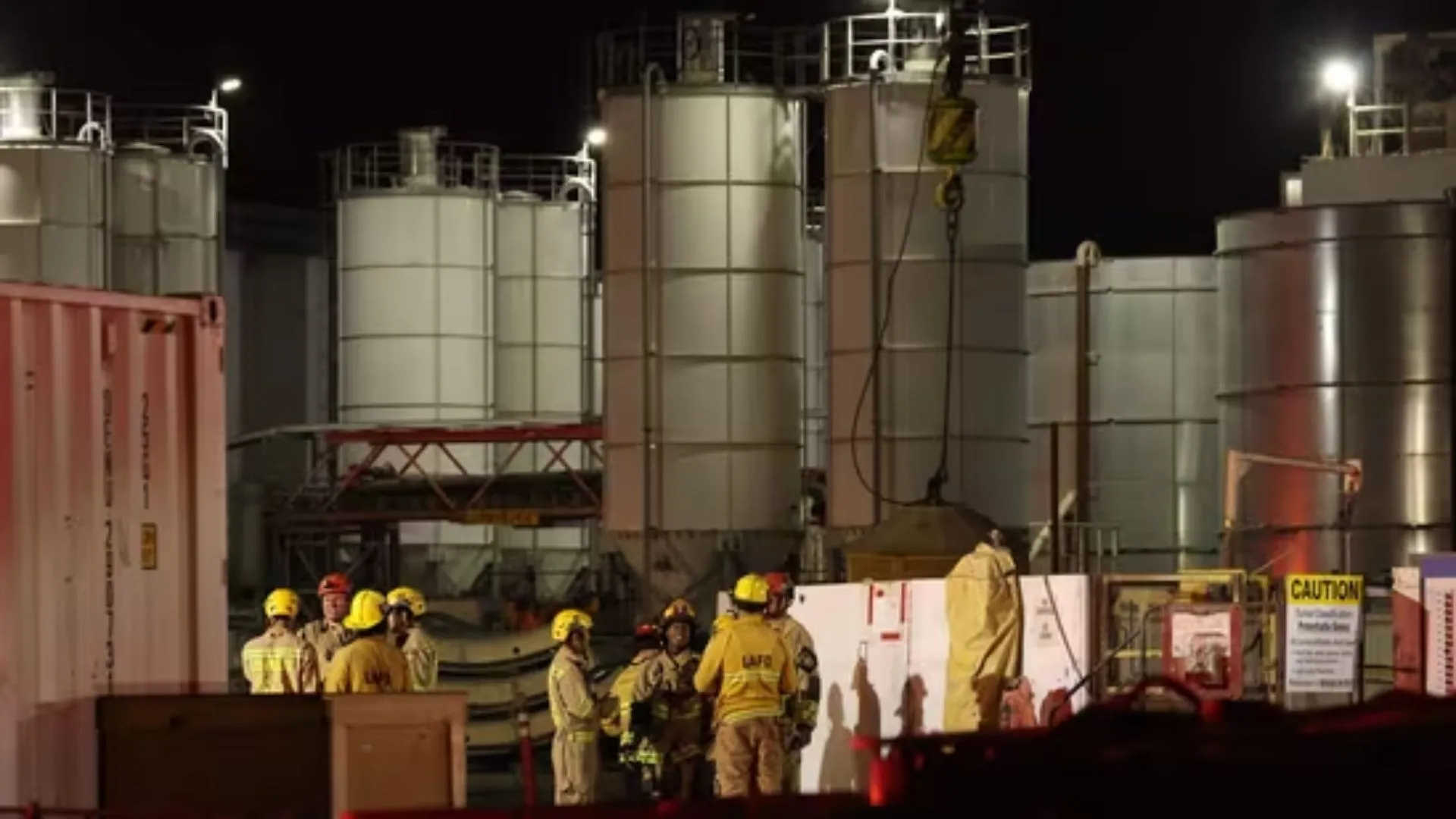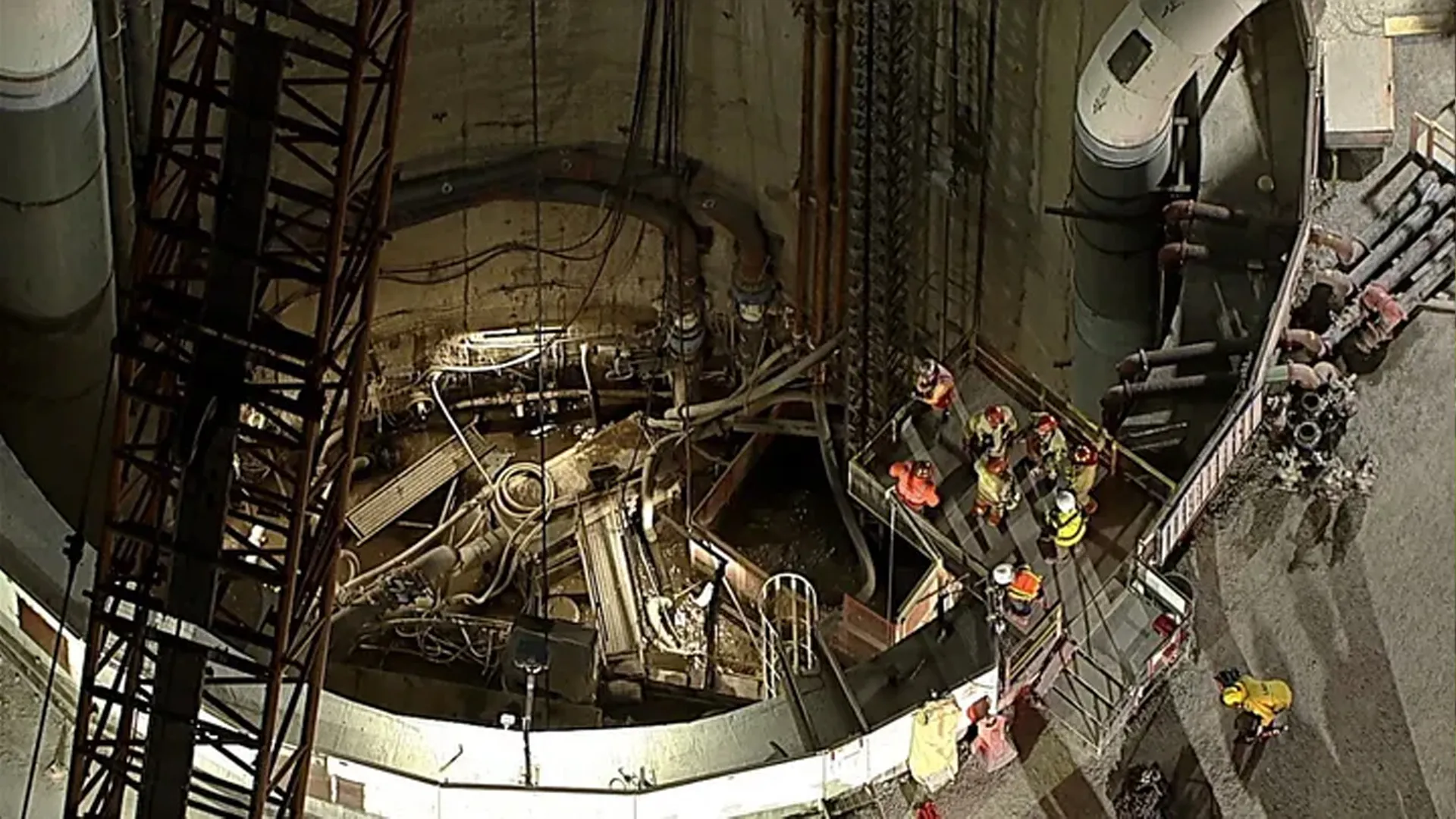In a dramatic pre-dawn action on Friday, Israel conducted ‘Operation Rising Lion’, which hit Iran’s nuclear facilities directly, including the very sensitive Natanz enrichment plant. The attack comes amidst heightened tensions over Tehran’s uranium enrichment activities that Israel considers an existential risk.
Israeli Prime Minister Benjamin Netanyahu characterized the operation as a defensive action. “Israel had initiated a targeted military operation to roll back the Iranian threat to Israel’s very survival,” he said.
The operation occurred just hours after the International Atomic Energy Agency (IAEA) censured Iran for failing to cooperate with its inspectors—a rebuke not issued in the last two decades.
Mounting Concerns Over Iran’s Rapid Uranium Enrichment
Israel has continued to express alarm at Iran’s nuclear progress, specifically its hurried uranium enrichment. Recent intelligence reviews indicate that Tehran has accumulated a significant cache of highly enriched uranium, having enriched a third of it in only the last three months.
This dramatic increase came at the same time as continued diplomatic negotiations between Iran and the United States. The negotiations sought to remove some U.S. sanctions in return for Iran curbing or stopping its uranium enrichment operations. Yet now, experts caution that Iran may only be seconds away from being able to make a nuclear weapon, with its nuclear program revealing possible military goals.
After the censure by the IAEA, Iran quickly struck back by unveiling plans for the construction of a third enrichment facility and replacing existing centrifuges with higher-tech versions. But Israel preempted those plans.
Critical Iranian Nuclear Facilities Targeted and Examined
Here’s a closer examination of the key Iranian nuclear facilities that have been in the spotlight—and in some instances, under attack.
Natanz Enrichment Facility: The Central Component of Iran’s Nuclear Program
Situated approximately 220 kilometers southeast of Tehran, the Natanz plant is Iran’s main uranium enrichment facility. Most of the complex is constructed underground to avoid damage from air attacks. The plant contains several cascades of centrifuges that operate in coordination to enrich uranium at a quicker pace.
Natanz itself has been a frequent target. It was previously sabotaged by the Stuxnet virus, an Israeli-American joint cyber weapon believed to have been launched at Natanz. Furthermore, two other Israel-linked sabotage activities have hurt the site.
Iran’s atomic agency chief has reportedly told Iranian media outlets that the Natanz nuclear facility has been completely destroyed.#Israel #Iran #Tehran #BreakingNews pic.twitter.com/1na2gsioUN
— Chaudhary Parvez (@ChaudharyParvez) June 13, 2025
In addition, Iran has been excavating in the Kuh-e Kolang Gaz La (Pickax Mountain) to the south of Natanz, probably increasing underground capabilities beyond current security perimeters.
Fordo Enrichment Facility: Designed for Resilience
100 kilometers southwest of Tehran, the Fordo nuclear facility is smaller than Natanz but designed to last. Concealed under a mountain and protected by anti-aircraft missiles, it is designed to withstand air strikes.
Fordo’s construction was said to have started in 2007, though Iran alerted the IAEA to its presence only in 2009—following U.S. and Western intelligence revelations about the facility.
Bushehr Nuclear Power Plant: Iran’s Sole Commercial Reactor
Situated on the Persian Gulf, some 750 kilometers south of the capital city of Tehran, Bushehr is Iran’s sole operational commercial nuclear reactor. The plant was started in the 1970s during the rule of Shah Mohammad Reza Pahlavi but remained shut down after the 1979 Islamic Revolution and was hit by repeated attacks during the Iran-Iraq War.
Russia later finished the facility, which is now running on Russian-provided uranium and under IAEA watch. Iran is also constructing two other reactors at the plant.
Arak Heavy Water Reactor: Another Route to Nuclear Weapons?
The Arak reactor, 250 kilometers southwest of Tehran, employs heavy water as a coolant for its core. The reactor creates plutonium as a byproduct, providing an alternative pathway to a nuclear bomb.
As part of the 2015 nuclear agreement, Iran committed to redesigning the Arak facility to block proliferation issues. But with the agreement now essentially null and void, the facility’s initial purpose could return as an issue.
Isfahan Nuclear Technology Centre: Research Hub of Iran
Situated 350 kilometers southeast of Tehran, the Isfahan plant is one of Iran’s main science hubs in its nuclear program. With thousands of specialists on its payroll, it accommodates three Chinese-provided research reactors and some related nuclear research laboratories.
Tehran Research Reactor: A U.S. Gift Becomes Strategic Asset
Housed within the headquarters of Iran’s Atomic Energy Organization, the Tehran Research Reactor carries a distinctive Cold War history.
Originally supplied by the United States in 1967 under the “Atoms for Peace” program, the reactor originally operated using highly enriched uranium but was subsequently modified to run on low-enriched fuel to alleviate proliferation concerns.
A Nuclear Flashpoint?
Friday’s raid is a significant escalation in Israel-Iran’s years-long tension. This threatens to destabilize not just bilateral ties, but also regional peace initiatives. The United States, sandwiched between alliance obligations and negotiations, might now be compelled to show more muscle.
As Iran’s nuclear goals continue to be international monitoring focus, Israel has indicated that it is no longer patient enough to wait for diplomacy to stop what it perceives as a ticking time bomb.






















